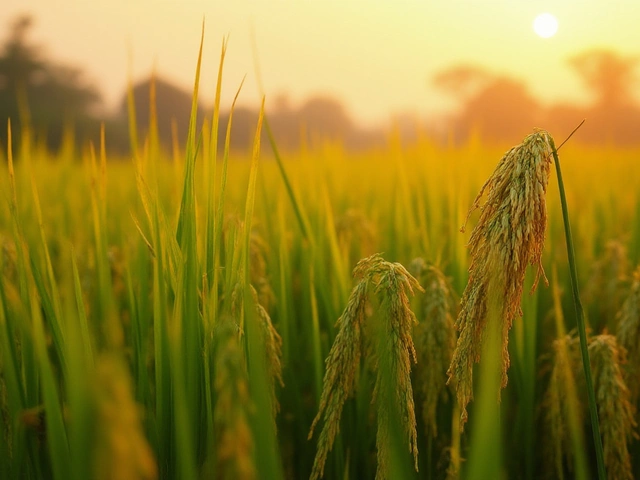Indian Vegetable Market Guide: Shop Smart, Save Money & Support Farmers
Walking into a bustling vegetable market in Delhi or Mysore can feel like stepping into a color‑filled maze. You’ve got fresh greens, bright chilies, and piles of tubers all screaming for attention. But with so many choices, it’s easy to leave empty‑handed or overpay. Below, I’ll show you simple tricks to spot the best produce, time your buys, and keep more rupees in your wallet while helping the farmers who grow your food.
Seasonal Picks and When to Buy
The biggest secret to great veg is seasonality. When a vegetable is in season, it’s cheaper, tastier, and fresher because it’s harvested at peak ripeness. For example, carrots and beetroot peak from October to February, while okra and bitter gourd shine from March to June. Check the local harvest calendar or ask the vendor – most sellers love bragging about what’s fresh that week. Buying seasonal also means you get a better shelf life, so you waste less.
Don’t forget regional variations. A mango from Gujarat might be at its prime in May, while a mango from Tamil Nadu peaks a month later. If you travel between states, adjust your shopping list accordingly. This habit not only saves money but also adds variety to your meals throughout the year.
Saving Money and Getting Freshness
One quick way to cut costs is to buy in bulk only for items you use often, like onions, potatoes, or garlic. For leafy greens that wilt fast, buy smaller amounts and store them in a clean cloth towel inside your fridge – they stay crisp for days. Another tip: bring your own reusable bag. Some markets charge a small fee for plastic bags, and reusable ones are sturdier for heavy loads.
Negotiating is part of the market culture. Start by asking the vendor for the “best price today,” then compare a few stalls before settling. Most sellers will lower the price if they see you’re serious about buying a decent quantity. Remember, a polite smile goes a long way; it builds trust and often lands you a better deal.
Lastly, support the growers directly. Many markets have a “farmer’s corner” where the producer sells straight from the field. Prices there are often lower because there’s no middleman, and you get a story behind each vegetable. Ask about cultivation methods – if you prefer organic, many farmers are happy to share their practices.
In short, mastering the Indian vegetable market isn’t about fancy tricks – it’s about timing, talking, and a little bit of planning. Follow these steps, and you’ll fill your basket with fresh, affordable produce while giving a hand to the people who work the land. Happy shopping!

Which Vegetable Farming is Profitable in India? Your Practical Guide
Wondering which vegetable farming pays off in India? This article breaks down the most profitable vegetables, explains what makes them a smart choice, and shares tips from real farmers who’ve seen success. You’ll discover market trends, risks, and quick tricks to boost earnings. Whether you have one acre or ten, you’ll find ideas here to help you start, scale, or rethink your farming strategy. Get ready to turn your kitchen garden—or big farm—into a cash crop powerhouse.
About
Vegetable Gardening
Latest Posts


Best Garden Tools: Who Makes the Highest Quality Hand Tools?
By Alden Thorne Jun 12, 2025

Alternative Pest Control: Natural Solutions for Safe Gardening
By Alden Thorne Jul 15, 2025

How Many Rice Grains from One Plant: Surprising Yield Facts You Need to Know
By Alden Thorne Jul 25, 2025
